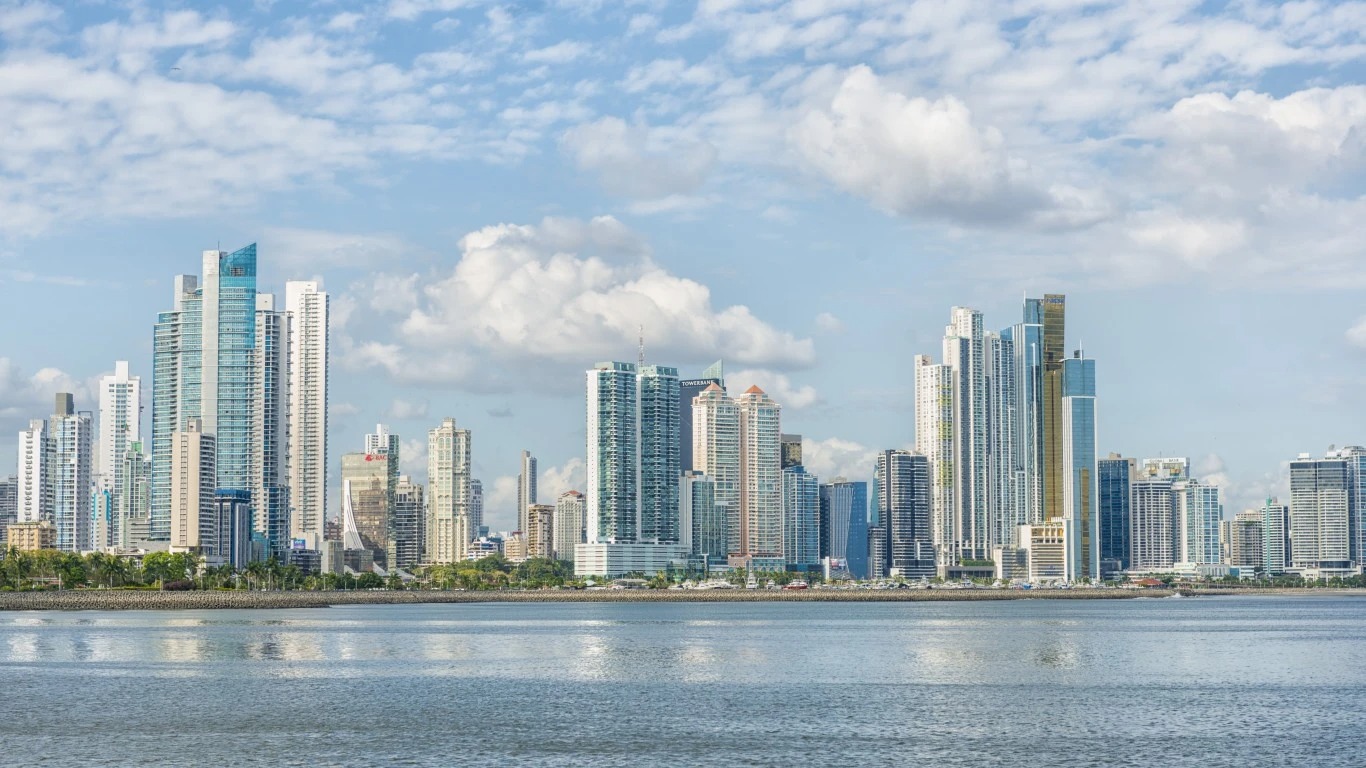
The U.S. population rose 2.7% over the past five years, from about 327 million in 2016 to almost 332 million people in 2021. Nearly all of the increase was because of immigration. And while some U.S. cities, notably in the South and the West, experienced population surges, other urban areas saw an exodus of residents over that time. Not all of these population declines occurred in the Rust Belt or the Northeast.
To determine the fastest shrinking large cities, 24/7 Wall St. reviewed population data from the U.S. Census Bureau’s 2021 American Community Survey one-year estimates. We listed all 19 metropolitan statistical areas with at least a 5% population drop from 2016 to 2021. We added seasonally-adjusted December employment figures – used to calculate employment growth from 2016 to 2021 – from the Bureau of Labor Statistics.
The longer-term geographic shifts in the U.S. are unchanged. Over a quarter of the nation’s population lives in just three states: California, Texas, and Florida, with the latter two states adding the most people. Yet according to our list, even in the most populous states, people took flight from certain metro areas there. (Also see, the 15 countries Americans are moving to the most.)
One state that continues to lose people is West Virginia. Three metro areas that span the Mountain State are among the 19 metros that lost the most people over the past five years. Illinois is also represented with three metro areas on the list. The Prairie State is one of 10 states to have shed population between 2018 and 2019. Nebraska and Arkansas are each part of two metros on the list.
Metro areas on this list range from the least-populous Danville, Illinois, with 73,000 residents, to the more populated Corpus Christi, Texas, with 423,000 residents. While not on this list, some smaller population centers are also shrinking. These are America’s disappearing small towns.
Kalamazoo-Portage, Michigan, hemorrhaged the most people by percentage and was the only metro area to record an unemployment increase from 2016 to 2021.





